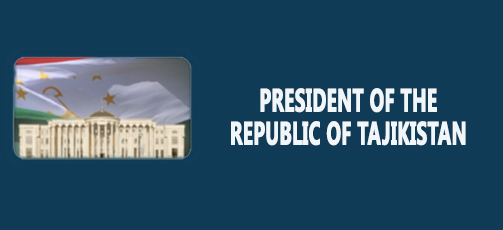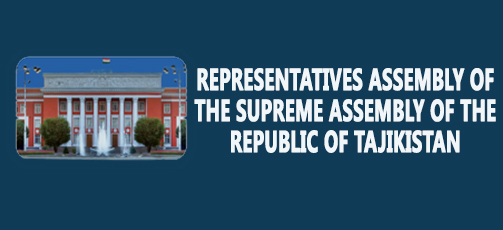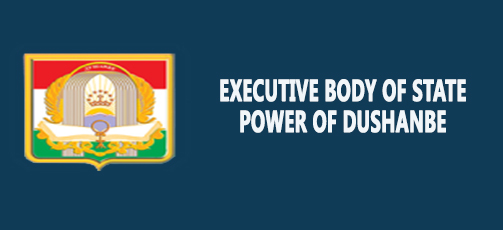Tajikistan and China: joint staged formation of the Silk Road Economic Belt

DUSHANBE, 01.09.2017. /NIAT “Khovar”/. Tajikistan attaches great importance to the development of relations of good-neighborliness, friendship and cooperation with the People’s Republic of China. Thanks to the high level of political mutual trust and strong friendship, the Tajik-Chinese strategic partnership relations are distinguished by the dynamic development of political, economic, cultural and humanitarian ties.
In the Republic of Tajikistan, the initiative of the Chairman of the People’s Republic of China on the joint formation of the “Silk Road Economic Belt” was among the first active responses and received full support.
In confirmation of this, Tajikistan was the first to sign a Memorandum of Understanding on the joint promotion of the creation of the “Silk Road Economic Belt” with China on September 2014 during the state visit of the Chairman of the People’s Republic of China to the Republic of Tajikistan, and, according to which, the main goal of joint implementation of this initiative is joint implementation by the parties of the strategic development goals, establishment of dialogue and contacts on strategies, plans and development policies, promotion of investment and trade-economic cooperation, consideration of ways and methods of conducting mutually beneficial pragmatic cooperation, achieving complementarity and mutual benefit for the good of the peoples of the two countries.
Based on the agreement between the heads of the two states, the Parties also agreed on the joint preparation of the Cooperation Program between the Republic of Tajikistan and the People’s Republic of China, which was legally attached to the Memorandum of Understanding between the Government of the Republic of Tajikistan and the Government of the People’s Republic of China on the development of the said Program, signed on September 2015 during the working visit of President of the Republic of Tajikistan Emomali Rahmon to the People’s Republic of China.
In accordance with the above-mentioned staged document, Tajikistan and China agreed that they will continuously create new mechanisms, formats and content for cooperation, build bilateral cooperation that meets the fundamental interests of the two countries and peoples, contributing to the joint development and common prosperity of the two countries and the protection of the peace and stability in the region, thereby serving as an example of bilateral regional cooperation and jointly build the economic corridor “China-Central Asia-West Asia”.
On August 31, as part of the state visit of the President of the Republic of Tajikistan Emomali Rahmon to China, the Program of Cooperation between China and Tajikistan developed by the Ministry of Economic Development and Trade of the Republic of Tajikistan and the National Development and Reform Commission of the People’s Republic of China was signed.
The mentioned Program, as the Memorandum of Understanding on the joint promotion of the creation of the “Silk Road Economic Belt” signed in 2014 is the first such document concluded between China and countries supporting the “One Belt, One Road” initiative, and serves as a logical and legal continuation of the previously adopted documents on cooperation in the framework of the “Economic belt of the Silk Road” initiative. It defines principles and priorities for cooperation between Tajikistan and China within the framework of this initiative, as well as mechanisms for implementing cooperation between the two countries.
During the state visit of the President of the Republic of Tajikistan, the parties, welcoming the signing and practical realization of the Cooperation Program between the Republic of Tajikistan and the People’s Republic of China, agreed to continue comprehensive full-scale support and active participation in the “One Belt, One Road” initiative. They also agreed on linking the “One Belt, One Road” initiative and the “National Development Strategy of the Republic of Tajikistan for the period up to 2030”, promoting interconnection and joint prosperity.










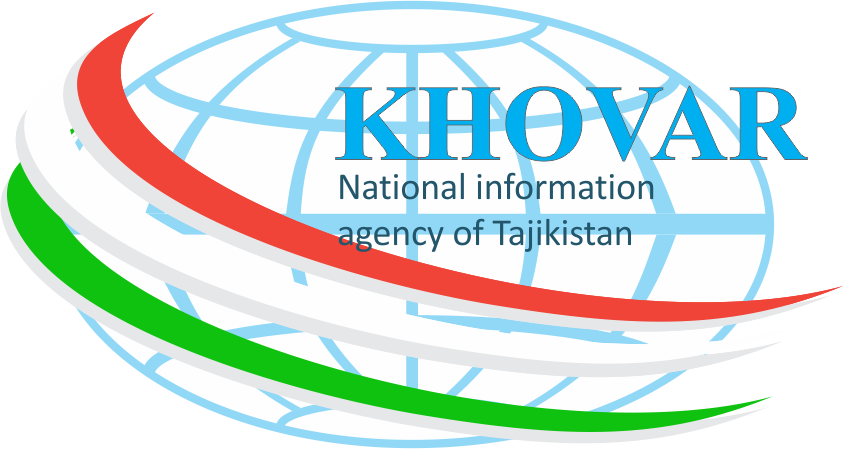
 Lonely Planet Includes Tajikistan among the World’s Best Travel Experiences
Lonely Planet Includes Tajikistan among the World’s Best Travel Experiences Emomali Rahmon and Xi Jinping Highlight Significance of Launching Direct Passenger Flights between Dushanbe and Beijing
Emomali Rahmon and Xi Jinping Highlight Significance of Launching Direct Passenger Flights between Dushanbe and Beijing Tajikistan Provides Key Platform for Science–Policy Dialogue on Glacier Preservation, Says UCA Researcher
Tajikistan Provides Key Platform for Science–Policy Dialogue on Glacier Preservation, Says UCA Researcher CGTN Journalist Praises Tajikistan’s Leadership on Glaciers’ Issues and Highlights China-Tajikistan Cooperation
CGTN Journalist Praises Tajikistan’s Leadership on Glaciers’ Issues and Highlights China-Tajikistan Cooperation UN Women Official Stresses the Role of Women in Climate Action at Glaciers’ Conference in Dushanbe
UN Women Official Stresses the Role of Women in Climate Action at Glaciers’ Conference in Dushanbe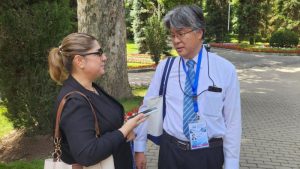 Japanese Researcher Highlights Tajikistan’s Role in Regional Water Security at High-Level Glaciers’ Conference
Japanese Researcher Highlights Tajikistan’s Role in Regional Water Security at High-Level Glaciers’ Conference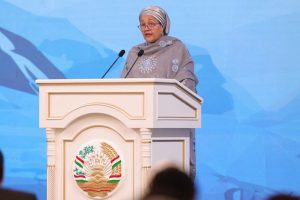 “This is Not Just Ice – This is Life”: UN Deputy Chief Calls for Urgent Action at Glaciers Conference in Dushanbe
“This is Not Just Ice – This is Life”: UN Deputy Chief Calls for Urgent Action at Glaciers Conference in Dushanbe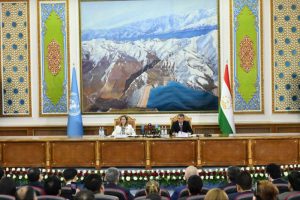 Dushanbe Hosts Landmark International High-Level Conference on Glaciers’ Preservation
Dushanbe Hosts Landmark International High-Level Conference on Glaciers’ Preservation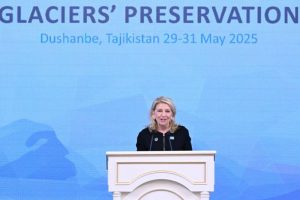 The Climate Crisis Is Primarily a Crisis of Children’s Rights
The Climate Crisis Is Primarily a Crisis of Children’s Rights Chinese Scientist Highlights Glacier Retreat as a Tangible Reality for Tajikistan, the Region, and the World
Chinese Scientist Highlights Glacier Retreat as a Tangible Reality for Tajikistan, the Region, and the World Dushanbe Conference Launches New Era in Global Glacier Diplomacy
Dushanbe Conference Launches New Era in Global Glacier Diplomacy Global Leaders Urged to Fund UN Trust for Glacier Preservation
Global Leaders Urged to Fund UN Trust for Glacier Preservation









